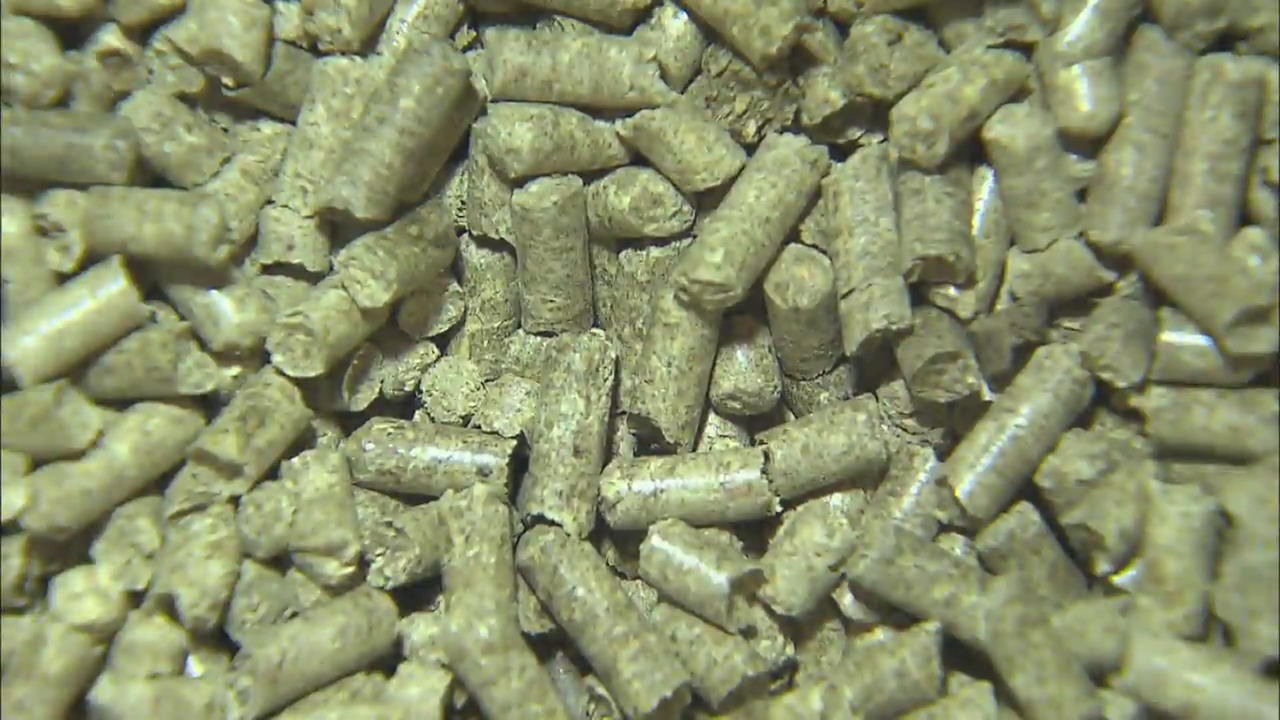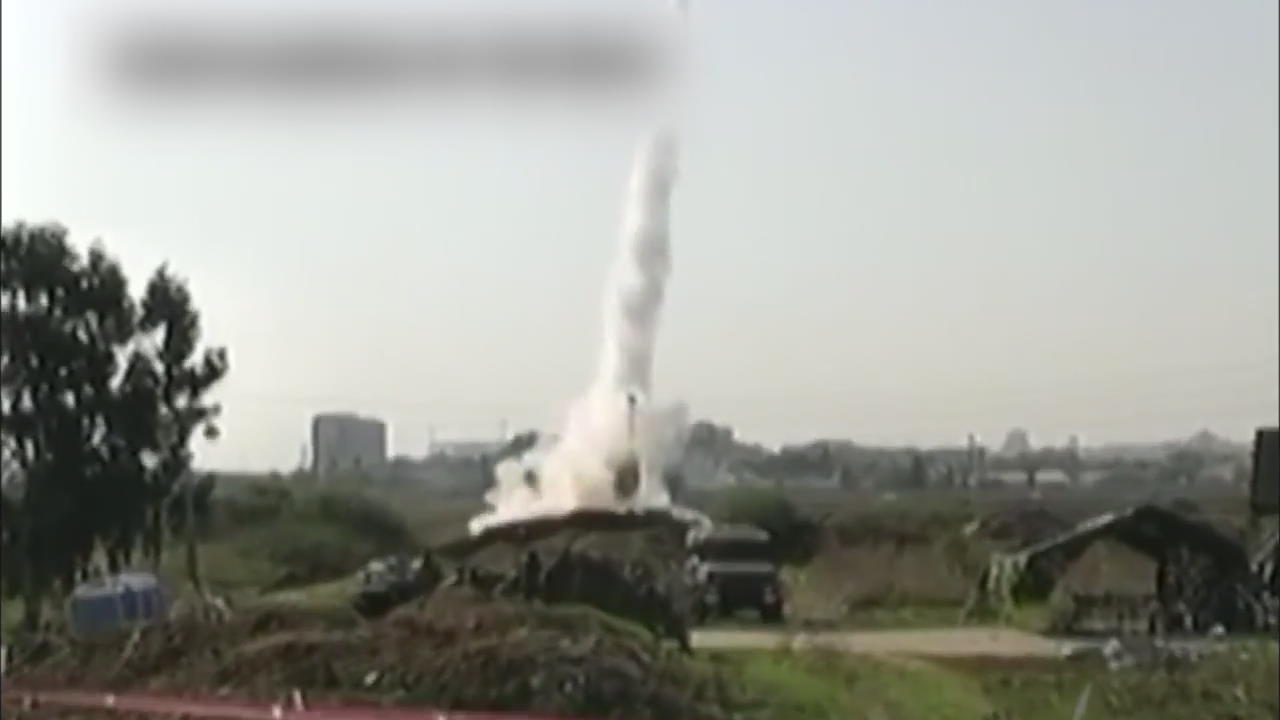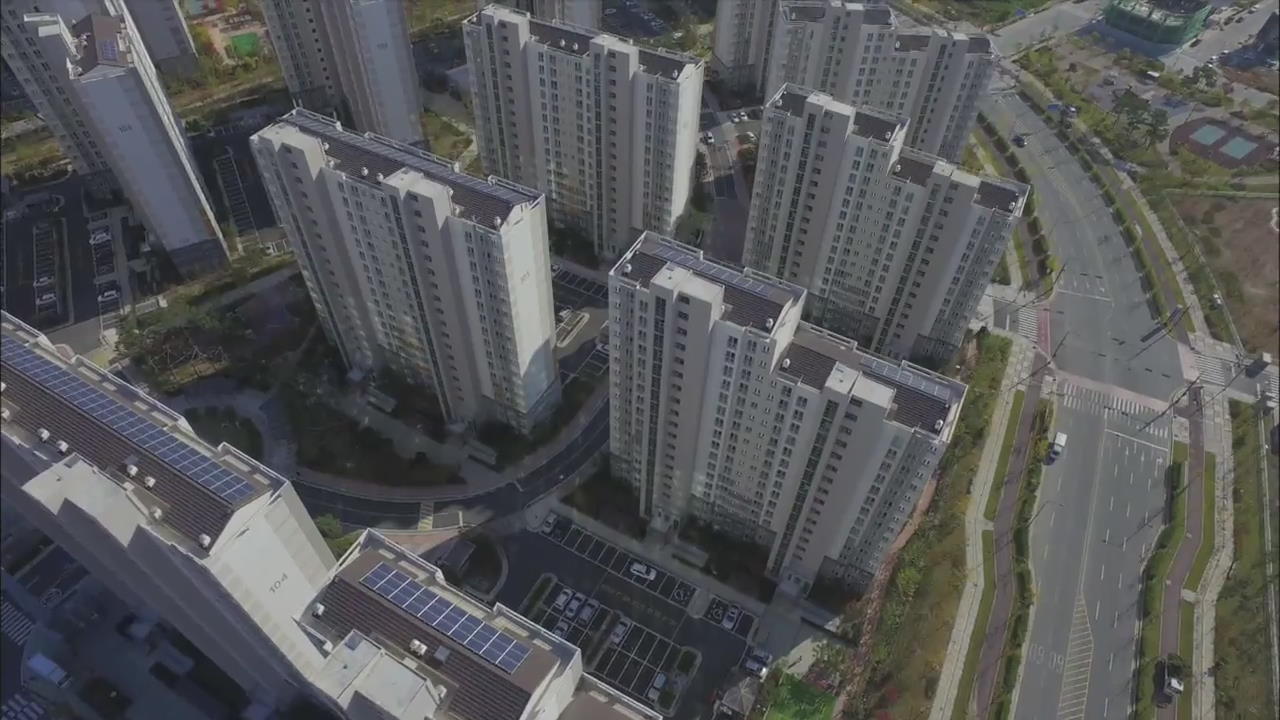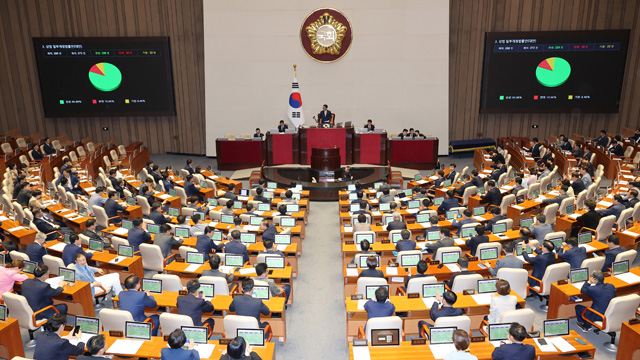Problem of Wood Pellets
입력 2017.10.17 (14:11)
수정 2017.10.17 (14:17)
읽어주기 기능은 크롬기반의
브라우저에서만 사용하실 수 있습니다.
[Anchor Lead]
The government is encouraging the use of wood pellets by providing subsidies, as the material has recently been touted as an eco-friendly, renewable bio fuel. However, it has been found that wood pellets discharge 20 times more ultra-fine dust than briquettes.
[Pkg]
Wood pellets refer to the cylinder-shaped material made from compacted sawdust. The government included wood pellets as an eco-friendly, renewable biofuel in 2005, noting its low carbon dioxide emissions. It has even provided government subsidies to those using wood pellet heaters. The subsidies paid since 2009 amount to nearly 90 billion won. However, according to a combustion test by the National Institute of Environmental Research, each kilogram of of wood pellets contains 1.55 grams of nitrogen oxide, which causes ultra-fine dust. Ultra-fine dust is created as a result of a photochemical reaction that occurs when nitrogen oxide is exposed to sunlight. With the focus placed on reducing carbon dioxide emissions, the fact that wood pellets generate a large amount of nitrogen oxide has been overlooked.
[Soundbite] Rep. Hwang Joo-hong (Parliamentary Committee on Rural Affairs) : "Wood pellets were touted as a renewable energy source only for its lower emissions of carbon dioxide amid a government policy promoting low-carbon, green growth."
Experts are voicing their opinions that wood pellets should be delisted as a biofuel and that it is necessary to check actual pollutant emissions by renewable energy sources.
The government is encouraging the use of wood pellets by providing subsidies, as the material has recently been touted as an eco-friendly, renewable bio fuel. However, it has been found that wood pellets discharge 20 times more ultra-fine dust than briquettes.
[Pkg]
Wood pellets refer to the cylinder-shaped material made from compacted sawdust. The government included wood pellets as an eco-friendly, renewable biofuel in 2005, noting its low carbon dioxide emissions. It has even provided government subsidies to those using wood pellet heaters. The subsidies paid since 2009 amount to nearly 90 billion won. However, according to a combustion test by the National Institute of Environmental Research, each kilogram of of wood pellets contains 1.55 grams of nitrogen oxide, which causes ultra-fine dust. Ultra-fine dust is created as a result of a photochemical reaction that occurs when nitrogen oxide is exposed to sunlight. With the focus placed on reducing carbon dioxide emissions, the fact that wood pellets generate a large amount of nitrogen oxide has been overlooked.
[Soundbite] Rep. Hwang Joo-hong (Parliamentary Committee on Rural Affairs) : "Wood pellets were touted as a renewable energy source only for its lower emissions of carbon dioxide amid a government policy promoting low-carbon, green growth."
Experts are voicing their opinions that wood pellets should be delisted as a biofuel and that it is necessary to check actual pollutant emissions by renewable energy sources.
■ 제보하기
▷ 카카오톡 : 'KBS제보' 검색, 채널 추가
▷ 전화 : 02-781-1234, 4444
▷ 이메일 : kbs1234@kbs.co.kr
▷ 유튜브, 네이버, 카카오에서도 KBS뉴스를 구독해주세요!
- Problem of Wood Pellets
-
- 입력 2017-10-17 14:06:14
- 수정2017-10-17 14:17:53

[Anchor Lead]
The government is encouraging the use of wood pellets by providing subsidies, as the material has recently been touted as an eco-friendly, renewable bio fuel. However, it has been found that wood pellets discharge 20 times more ultra-fine dust than briquettes.
[Pkg]
Wood pellets refer to the cylinder-shaped material made from compacted sawdust. The government included wood pellets as an eco-friendly, renewable biofuel in 2005, noting its low carbon dioxide emissions. It has even provided government subsidies to those using wood pellet heaters. The subsidies paid since 2009 amount to nearly 90 billion won. However, according to a combustion test by the National Institute of Environmental Research, each kilogram of of wood pellets contains 1.55 grams of nitrogen oxide, which causes ultra-fine dust. Ultra-fine dust is created as a result of a photochemical reaction that occurs when nitrogen oxide is exposed to sunlight. With the focus placed on reducing carbon dioxide emissions, the fact that wood pellets generate a large amount of nitrogen oxide has been overlooked.
[Soundbite] Rep. Hwang Joo-hong (Parliamentary Committee on Rural Affairs) : "Wood pellets were touted as a renewable energy source only for its lower emissions of carbon dioxide amid a government policy promoting low-carbon, green growth."
Experts are voicing their opinions that wood pellets should be delisted as a biofuel and that it is necessary to check actual pollutant emissions by renewable energy sources.
The government is encouraging the use of wood pellets by providing subsidies, as the material has recently been touted as an eco-friendly, renewable bio fuel. However, it has been found that wood pellets discharge 20 times more ultra-fine dust than briquettes.
[Pkg]
Wood pellets refer to the cylinder-shaped material made from compacted sawdust. The government included wood pellets as an eco-friendly, renewable biofuel in 2005, noting its low carbon dioxide emissions. It has even provided government subsidies to those using wood pellet heaters. The subsidies paid since 2009 amount to nearly 90 billion won. However, according to a combustion test by the National Institute of Environmental Research, each kilogram of of wood pellets contains 1.55 grams of nitrogen oxide, which causes ultra-fine dust. Ultra-fine dust is created as a result of a photochemical reaction that occurs when nitrogen oxide is exposed to sunlight. With the focus placed on reducing carbon dioxide emissions, the fact that wood pellets generate a large amount of nitrogen oxide has been overlooked.
[Soundbite] Rep. Hwang Joo-hong (Parliamentary Committee on Rural Affairs) : "Wood pellets were touted as a renewable energy source only for its lower emissions of carbon dioxide amid a government policy promoting low-carbon, green growth."
Experts are voicing their opinions that wood pellets should be delisted as a biofuel and that it is necessary to check actual pollutant emissions by renewable energy sources.
이 기사가 좋으셨다면
-
좋아요
0
-
응원해요
0
-
후속 원해요
0

















이 기사에 대한 의견을 남겨주세요.